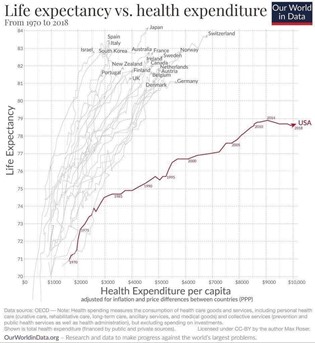
If you take a look at the chart above, there is no question the healthcare system in the U.S. has gone astray. Costs continue to accelerate while the quality of care continues to be substandard. Essentially, Americans are paying more and not getting the life-saving and extending care that almost all developed countries in the world are.
Key Ways to Approach Healthcare Costs and Containment
So, what can be done? I’ve outlined three key ways you can actively change the way you approach healthcare with your business and employee population.
Create an Equitable, Affordable Plan for Every Employee
At Holmes Murphy, we are able to do an affordability analysis to determine what percentage of employees could cover the expense with the current plan design if there was a significant medical event. Armed with this information, new solutions focused on rewarding prevention and the use of the highest quality providers can be designed to make sure the money being spent is improving the health of employees and their families.
Negotiate Contracts to Remove Excess and Confusion
Empower your employee benefits consultant to negotiate contracts that remove excess or poorly articulated services and costs with medical plans, pharmacy plans, and other vendors to reduce fraud, waste, and abuse. To do this, you have to be willing to tolerate some disruption if the plans or vendors are unwilling to be transparent and accountable.
Focus the Benefit Program on Prevention, Not Reacting to a Medical Crisis
Create low-cost access to primary care, screening, and disease avoidance or reversal and strong disincentives for the use of overly expensive (and possibly unnecessary) elective procedures.
Focus employees on getting the best care at the right price, or allow the employee to bear most or all of the cost if they chose low-value or unproven solutions. This will limit choice by eliminating low-value providers, while also sending the message that employees and providers will have to be accountable with their actions. That may be a tough pill to swallow, and I get that, but I think it’s worth it to look at.
Importance of Aligning Incentives
Our healthcare system is built on an ecosystem of insurance companies, hospital systems, vendors, and providers with incentives to do more and increase the cost of care. Ultimately, I believe paying for “better health” must replace the “more is better” payment system we have today.
To begin this process, my thought is that corporations must exercise their power and embrace the fiduciary responsibility to make sure every dollar spent is benefiting employees. Challenging the status quo and refusing to allow loosely worded agreements, unmanaged quality, and a lack of prevention are good first steps. Putting these first steps in place begins to align incentives between all stakeholders and helps your company achieve healthcare cost containment success much more easily.
What are your thoughts on this? Are you seeing this same thing happen? Do you have questions on how to actively change the way you approach healthcare? Reach out to us. We’d be happy to work with you on this.


